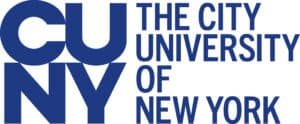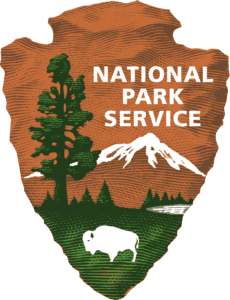The Environmental History of Jamaica Bay: A Foundational Monograph
John Waldman, Queens College, City University of New York; William Solecki, Hunter College – City University of New York
Abstract
Significant shifts in the societal usages of Jamaica Bay occurred from the late 19th through early 20th Centuries, documented in numerous newspaper accounts from those times. From becoming one of America’s first exurban recreational areas with uplands with gentlemen farms and lowland marshes and open water for day visitors, to later serving as a depository for wastes of a bourgeoning city, these shifts had profound repercussions on the environment of the bay.
Among the primary findings: Given its proximity to New York City and Brooklyn, Jamaica Bay became a major recreational fishing area, with thousands of anglers traveling by trains on weekends to rent skiffs at key locations. Small numbers of commercial fishermen also worked the bay, but there were heated, long-term conflicts between anglers and netters until netting was banned in 1898. Hunters made extensive use of the bay and areas immediately inland, including for what may be considered songbirds, but with the areas hunted shifting eastward as New York and Brooklyn became more heavily settled. Shell fishing in the bay was regionally important, with oyster harvesting heavily reliant on culturing, but with conflicts developing over bottom leases between local residents and outsiders. Recreational boaters made heavy use of the bay, including for nautical parades and regatta races of various craft—often among the numerous yacht clubs—that drew large numbers of spectators. Beach going, both on the ocean and bay sides of the Rockaway Peninsula became hugely popular in the late 1800s, fostered by improved railroad transportation and the development of large hotels and resorts, some more than a thousand feet in length. Infrastructure development, such as all-season roads and railways, helped bring the rapidly growing cities of New York and Brooklyn closer to the bay, with the construction of a railroad across the waters to the Rockaways being the most significant. Residential development spread in bands from west to east during the early 20th across the bay’s northern shoreline.
With increasing population the quality of fresh waters surrounding and draining into the bay declined steadily, with accounts by the 1890s of rank pollution in some sections already present. Disease outbreaks in the region became common in the 1890s, with typhoid linked to the consumption of Jamaica Bay oysters. As the value of submerged lands for leases with oystermen diminished with the collapse of the industry, the drive to reclaim the wetlands of the bay accelerated. The selling of lots for real estate development and resulting property taxes were a significant source of revenue for local towns and later for the City of New York. Various schemes were proposed to connect the bay to other water bodies and to develop it as a deep-water port, but the primary actual infrastructural change was the building of what is now known as JFK Airport.
Funding: Department of Interior, National Park Service
Project Period: November 2014 – October 2016
NOW AVAILABLE! Click here to view this document
Full Citation:
Waldman J and Solecki H. 2018. The great transformation: Exploring Jamaica Bay in the late 19th and early 20th centuries through newspaper accounts. Natural Resource Report. NPS/NCBN/NRR—2018/1607. National Park Service. Fort Collins, Colorado






